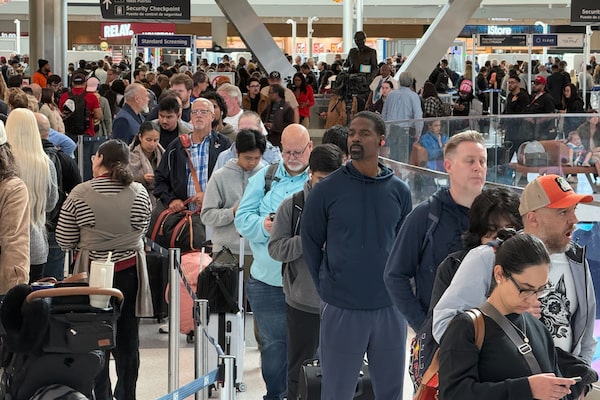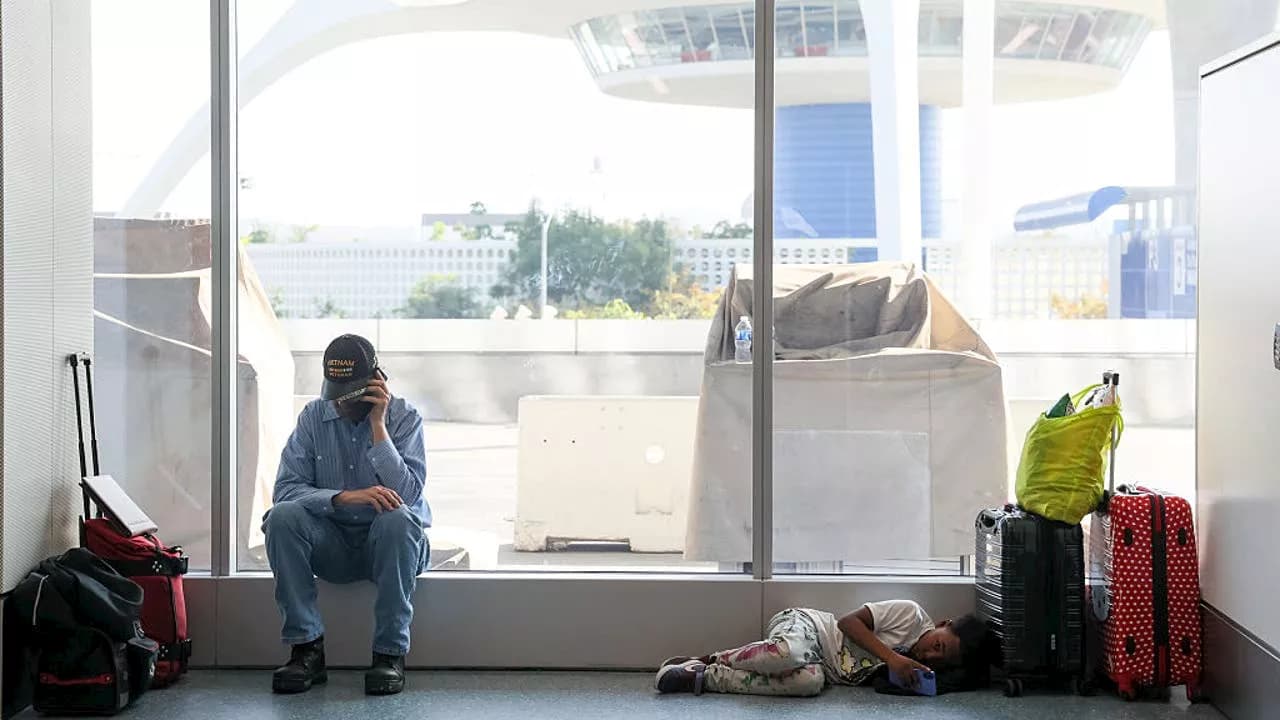U.S. to Reduce Air Traffic by 10% in 40 Markets Due to Staffing Shortages
In a significant move to alleviate pressure on air traffic controllers amid the ongoing government shutdown, federal officials announced a 10% reduction in air traffic across 40 high-volume markets in the United States, effective Friday, November 7, 2025. The decision was made in response to staffing shortages that have arisen during the longest government shutdown in U.S. history, which has now entered its 36th day.
Key Details
Federal Aviation Administration (FAA) Administrator Bryan Bedford stated during a press conference on Wednesday that the reduction in scheduled capacity is necessary to ensure the safety of air travel. “We have decided that a 10% reduction in scheduled capacity would be appropriate to continue to take the pressure off of our controllers,” Bedford explained.
U.S. Transportation Secretary Sean Duffy echoed Bedford"s concerns, emphasizing the importance of the new measures in maintaining safety as the pressures on air traffic controllers increase. The FAA plans to announce the specific 40 markets affected by the reduction on Thursday, November 6, 2025. These restrictions will impact not only commercial air traffic but also other aviation activities, including space launches.
A source provided CBS News with a preliminary list of the 40 markets, which includes major airports such as Boston Logan International Airport, New York LaGuardia Airport, Los Angeles International Airport, and Dallas/Fort Worth International Airport. However, it is important to note that this list is not final and may be subject to change.
Bedford also highlighted that many air traffic controllers are experiencing fatigue as they continue to work without pay due to the ongoing congressional stalemate. Thursday will mark one month since air traffic controllers received their last paycheck. This situation has raised concerns about the well-being of the controllers, who are essential for maintaining the safety and efficiency of air travel.
In recent weeks, the impact of the shutdown has been evident, with more than 10,000 flights within, into, or out of the U.S. experiencing delays last weekend alone. This week, approximately 11,000 flights have been delayed, according to data from the flight tracking service FlightAware. The travel industry, including airlines and aviation unions, has been vocal in urging Congress to take action to end the shutdown.
Prior to the shutdown, the U.S. was already facing challenges in recruiting sufficient numbers of air traffic controllers. Secretary Duffy indicated that the country is in need of an additional 2,000 controllers to adequately manage air traffic demands.
Background
The current government shutdown began on October 1, 2025, and has persisted due to a lack of agreement among lawmakers on budgetary issues. This prolonged shutdown has not only affected air traffic controllers but has also had widespread implications for various sectors reliant on government operations, including transportation and aviation.

Image for U.S. to reduce air traffic by 10% in 40 markets due to staffing shortages
What"s Next
The FAA"s decision to reduce air traffic capacity is a direct response to the pressing need for safety and efficiency in air travel during a time of significant operational strain. As the situation develops, the aviation community and travelers will be closely monitoring the effects of these restrictions on flight schedules and overall air travel safety. The hope among industry stakeholders is that Congress will reach an agreement soon to resolve the shutdown and restore normal operations.
For more information on related developments, see recent developments in U.S. politics.







